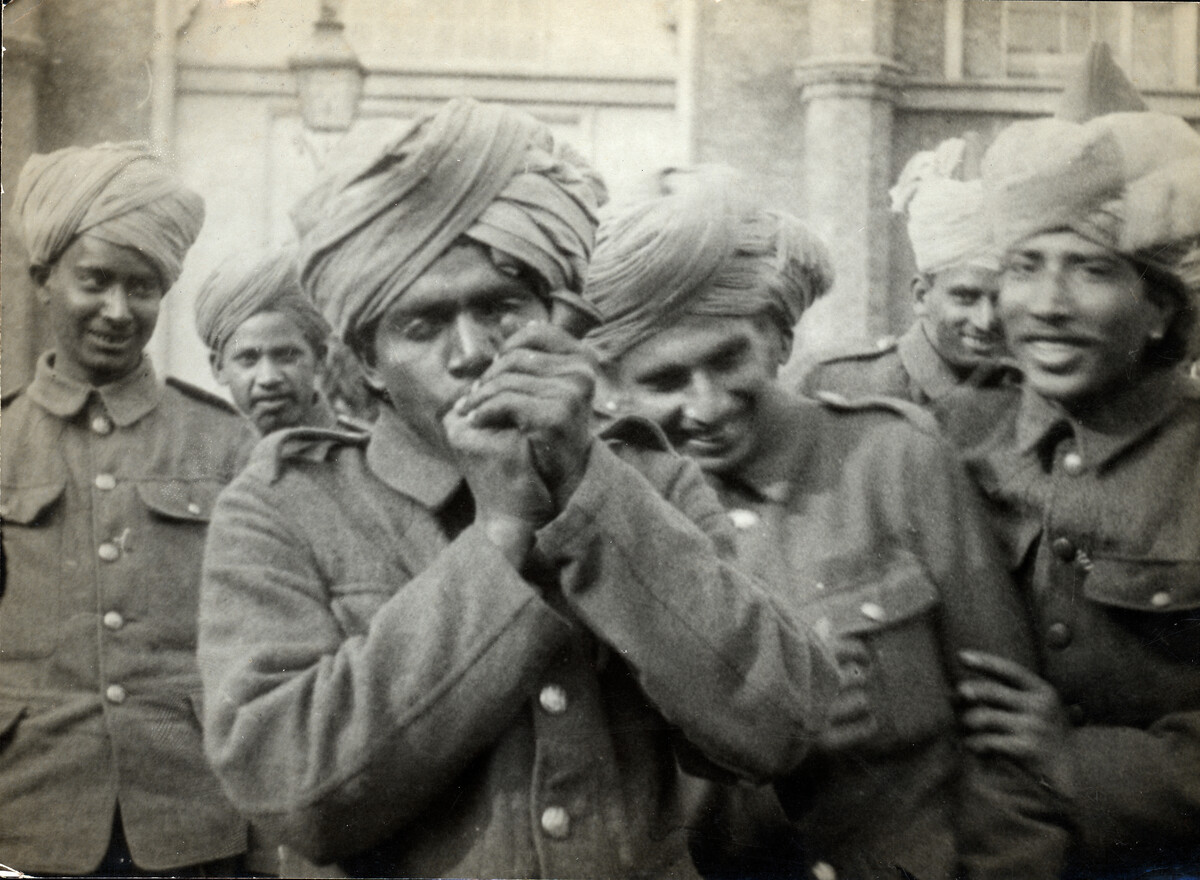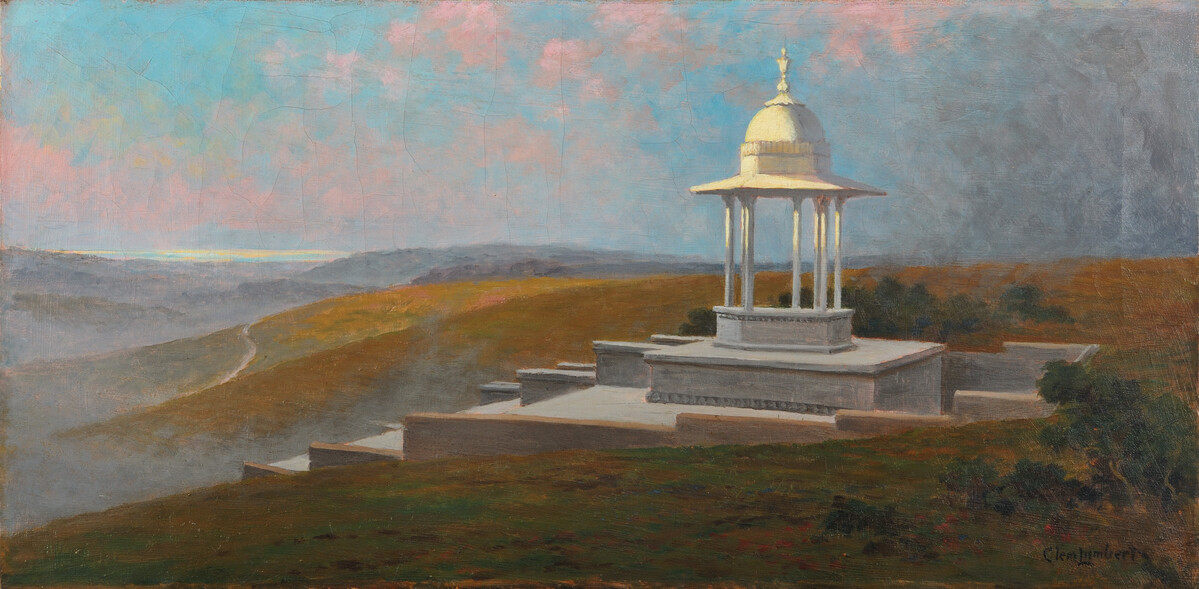
Indian Hospital Gallery

The Royal Pavilion’s use as a military hospital in WW1 is an unexpected but fascinating story. Our display of archive material illustrates the soldiers’ experience and its impact on Brighton.
In 1914, the Royal Pavilion was transformed into a hospital for the treatment of Indian soldiers wounded while fighting on the Western Front. Brighton was known as a health resort so it seemed an obvious choice. It was also hoped that caring for the men in a royal palace would send a positive view of the British Empire back to India.
The authorities took great care to meet the troops’ cultural and religious needs. Among other things, they provided separate kitchens for the different faiths and castes, designated places of worship, and appropriate funeral arrangements for those who lost their lives.
State rooms transformed into hospital wards
A gallery on the first floor of the Royal Pavilion illustrates this fascinating and challenging period in the building’s history. It includes photographs, paintings, film footage and contemporary accounts, including quotes from letters written by some of the injured soldiers. Postcards and photos from our collections show the sumptuous State Rooms – the Music Room, Banqueting Room and Saloon – emptied of furniture and filled instead with hospital beds. Few patients can have been cared for in such opulent surroundings – the exquisite chandeliers and gilt-framed mirrors remained in place, creating a sense among some of the men that they had entered a dreamlike, fantasy world.
The gallery also references the later use of the Royal Pavilion as a hospital for British amputees. Operating from 1916 to 1920, this hospital not only care for the medical needs of these ex-service, but also trained them in new skills for future employment.

Elsewhere in the city
The Royal Pavilion is the best known Indian hospital in Brighton, but traces of this history can be found elsewhere in the city.
If you enter the Royal Pavilion Garden from the south you will see the Indian Gate. This was unveiled by the Maharajah of Patiala in October 1921 and is ‘dedicated to the use of the inhabitants of Brighton’.
Further afield, Brighton General Hospital in Elm Grove was the site of the largest Indian hospital. A former workhouse, it was transformed into a hospital for troops with lighter injuries.
The Chattri memorial on the Downs near Patcham marks the spot where 53 Hindus and Sikhs were cremated. Built in white marble and inspired by Indian architecture, the Chattri stands in remembrance of all the Indian soldiers who died in Brighton. This includes 19 Muslims who were buried in Woking near the Shah Jehan mosque.